Snow Testing Mazda's I-ACTIV All-Wheel Drive

When you think of all-wheel drive, do you think of Mazda?
Chances are the answer is no and Mazda is fully aware of that. To help change perceptions about the brand’s all-wheel drive prowess, Mazda invited us to Crested Butte, Colorado to put the brand’s i-ACTIV all-wheel drive systems to the test.
For those not familiar with the specifics of all-wheel drive (AWD) mechanics, there are basically two types of AWD systems on the market today. The first are full-time AWD like Audi and Subaru utilize, while the other is an on-demand set-up, used by the majority of the industry.
SEE ALSO: 2016 Mazda CX-3 Review
The reason on-demand is more popular is that full time all-wheel drive needs a longitudinal engine layout to work effectively, which most front-wheel drive based cars do not possess. Conventional wisdom is that a full-time AWD system is the superior set-up but with today’s advances in engineering, Mazda thinks i-ACTIV is just as good – or maybe even better. Can that really be?
Not Your Father’s Slip and Grip
‘Slip and grip’ is a colloquial term used by AWD elitists to describe rudimentary, ineffective AWD systems. I know this because I’m one. In the past, any all-wheel drive system that didn’t consistently send power to the front and rear wheels unless slippage was detected fell under this category and thus was obviously inferior.
But times have changed and so has technology. Heck, even Subaru, stalwarts of full-time AWD, now uses a modified on-demand system in CVT-equipped vehicles.
Mazda has a more traditional on-demand all-wheel drive system that the company is quick to point is anything but slip and grip. Introduced in the 2013 CX-5 crossover, the system is of course called i-ACTIV all-wheel drive because, well, Mazda needs to ACTIV all the things.
i-ACTIV AWD
In normal operation, i-ACTIV AWD does send approximately 98 percent of the vehicle’s power to the front wheels. But the vehicle’s computer and 27 sensors monitor factors like steering torque, steering angle, front and rear wiper motor speed, outside temperature, longitudinal g forces, electric steering motor current, gas pedal position, gear position, brake pressure, wheel speed, engine rpm and the vehicle’s incline angle at an amazing 200 times per second.
A central control module then predicts and determines how the wheels need to be driven and send upwards of 50 percent of the engine’s power to the rear wheels before the front wheels begin to slip. But, if the front wheels have absolutely no traction, the rear differential can accommodate 100% of the engine’s torque if needed.
And that rear differential features 82% less energy loss than Mazda’s old AWD system. i-ACTIV as a whole is 84 pounds lighter in the CX-5 compared the one installed in the CX-7 and the all-new CX-9’s i-ACTIV sheds 57 pounds compared to the outgoing model.
Rear Tires Are Actually Powered Most of the Time
But the system is more than just light weight and quick reactions. Mazda studied the relationship between what people recognize as wheel spin compared to how much actual wheel spin is occurring. There’s more wheel spin happening than we realize and to ensure the all-wheel drive performance feels natural, Mazda allows certain amounts of wheel spin to occur in slippery conditions.
SEE ALSO: 2014 Mazda CX-5 Review
And while on the topic of wheel spin, it’s a little known fact that tires are always slipping a bit, even on dry pavement. This is the reason power is sent to the rear wheels, even in dry conditions. It reduces the front tire slip and associated energy waste enough to overcome the small amount of power that’s being sent to the rear wheels.
Electro Diff, But No Torque Vectoring
A big change in the world of differentials is the movement away from hydraulic looking center couplings to electronically controlled ones like found in Mazda’s i-ACTIV. By using an electromagnetically activated clutch, the rear wheel torque matches exactly what the computer is dictating unlike a hydraulic clutch pack that cannot vary the amount of torque to the rear wheels as quickly or as often. It’s like the gracefulness of ballet replacing the hammer forward approach of crunk.
One thing i-ACTIV AWD does not do is torque vector in any form. The stability and traction control systems will brake individual wheels to send power to the wheels with grip, but the all-wheel drive system cannot send power to an individual wheel nor does it brake individual wheels for pseudo torque-vectoring.
Enough Shop Talk, How Does it Work?
Alright, now that I’ve gone over all the gooey details; how does it work in the real world? Mazda set up a few real-world driving situations in Crested Butte and brought along the CX-5’s main rivals – a Subaru Forester, Honda CR-V and Toyota RAV4. And yes, all the vehicles wore identical Bridgestone Blizzak winter tires.
First up I drove the CX-5. Along a snow covered, steeply angled mountain road the vehicle never felt like it was fighting for traction. Grip was always there. It felt sure footed under acceleration, braking and cornering.
The one nuance I found was that, as expected, the i-ACTIV AWD does not help with cornering. Apply power mid corner in the snow and the CX-5 will begin sliding nose first for a snow bank. But most owners of the CX-5 will not be trying to snow-drift the crossover and when not driven like a manic, it takes a lot of drama out of wintry driving.
So How Did the Competition Do?
Next up was the Toyota RAV4. It uses what Toyota calls dynamic torque control all-wheel drive. Mechanically, it’s a set-up similar to that of Mazda’s. On the snowy test roads, the RAV4 felt less certain under braking, as the rear end would dart around under moderate braking. It also produces more rear-end rotation during throttle-off over-steer, which is fun for someone like me, but may be a bit unnerving for a consumer.
The Toyota also fought harder for traction when climbing some of the steeper hills. One nice plus for the RAV4 is the fact it can be locked into all-wheel drive via button on the dashboard, but unless the vehicle is at a complete stop, it doesn’t make that much difference.
Next up was the Honda CR-V, which also now uses an electronic center coupler but feels cruder than all the other systems here. It allows the front tires to spin quite a bit before the clutch engages the rear tires. It had the hardest time finding traction on inclines and was the most apt to produces moderate amounts of throttle-off over-steer. Easily, the CR-V was the least predictable crossover on snow and ice.
But What About the Subaru?
Last up was the vehicle known for all-wheel drive superiority – the Subaru Forester. After a few minutes driving around on the slick mountain roads, I found there is not much performance difference between it and the CX-5 when it came to acceleration, cornering or braking capabilities. That’s saying something since Subaru is so well known for the brand’s all-wheel drive systems.
SEE ALSO: 2016 Mazda CX-9 Debuts with New Styling, Turbocharged Engine
But then again, the all-wheel drive system Subaru offers with the brand’s CVT equipped models is closer to the that of a slip and grip system than the old constant ratio AWD setups. Even with this more front-wheel bias system, the Forester is still the most willing to slide the tail out under throttle and feels the easiest to modulate at my will. But it’s nothing like the tail-happy, I-wanna-be-like-Colin-McRae Subbies of old. And when climbing a steep, snow covered incline, the Forester struggled for grip more than the CX-5 did.
The Verdict: Snow Testing Mazda’s i-ACTIV All-Wheel Drive
Did Mazda’s i-ACTIV all-wheel drive blow away the competition? No, no it didn’t. And Mazda wasn’t expecting to. What Mazda wanted to prove is that i-ACTIV is just as good as anything the competition has to offer and may hold a few advantages here and there. In that quest, Mazda has succeeded.
Discuss this story on our Mazda Forum

A 20+ year industry veteran, Mike rejoins the AutoGuide team as the Managing Editor. He started his career at a young age working at dealerships, car rentals, and used car advertisers. He then found his true passion, automotive writing. After contributing to multiple websites for several years, he spent the next six years working at the head office of an automotive OEM, before returning back to the field he loves. He is a member of the Automobile Journalists Association of Canada (AJAC), and Midwest Automotive Media Association (MAMA). He's the recipient of a feature writing of the year award and multiple video of the year awards.
More by Mike Schlee



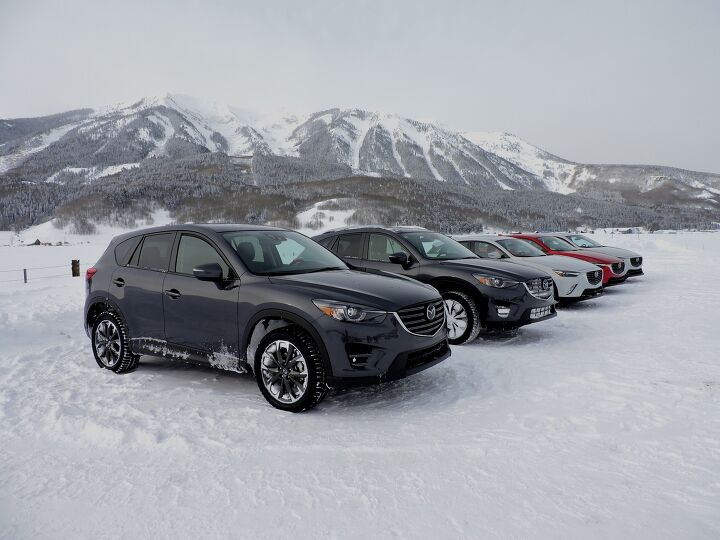






































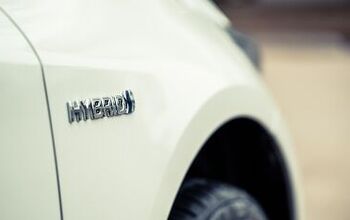

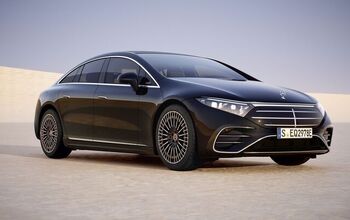
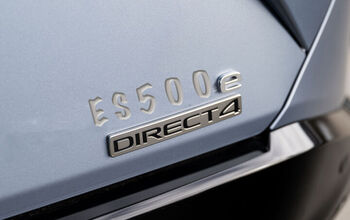


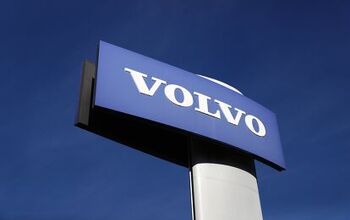
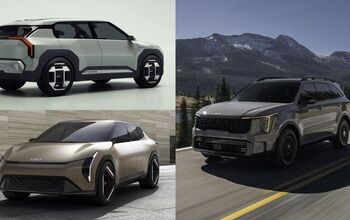
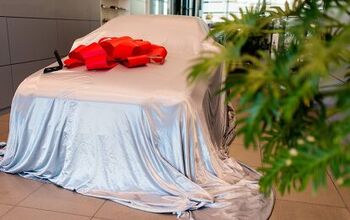



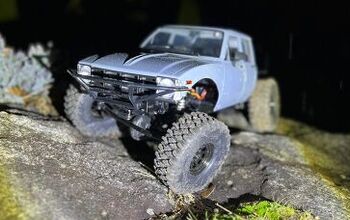

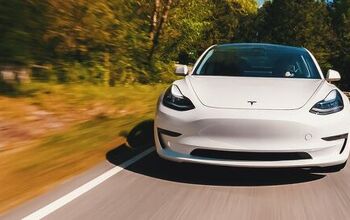
Comments
Join the conversation
Har, har has anyone looked at the current tests and reviews? Subaru is the bigest hunk of crap on the road to include their outdated AWD.
I've leased Subaru Outbacks for a number of years and wanted a change when my lease was up. I test-drove the Mazda Grand Select CX-5 and found it to be superior to the Outback, not only in its more nimble drive, but also in the features which are extras on the Subaru, but standard on the Grand Select, i.e., Navigation System, Rear Cross Traffic Alert, Power Moon Roof and (if you can believe it...carpeted floor mats.Subaru charges extra for the mats, but offered to provide them if I renewed my lease). Th CX-5's monthly lease payments were nearly $50. less and there was a ready availability of vehicles. Subaru said it would have to custom order my new Outback, which could take 6-8 weeks. Small quibbles for the Mazda were the lack of ability to set the driver and passenger seats and 8-way power seats only on the driver's side. Have not yet ordered the vehicle but will be doing so in the next week or so. Mazda has offered to make the last lease payment on my Subaru and will accept my Subaru turn-in when I pick up the Mazda. So far, a pleasant experience.